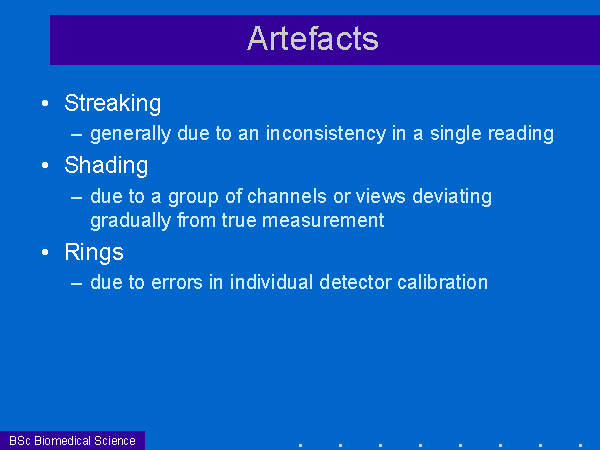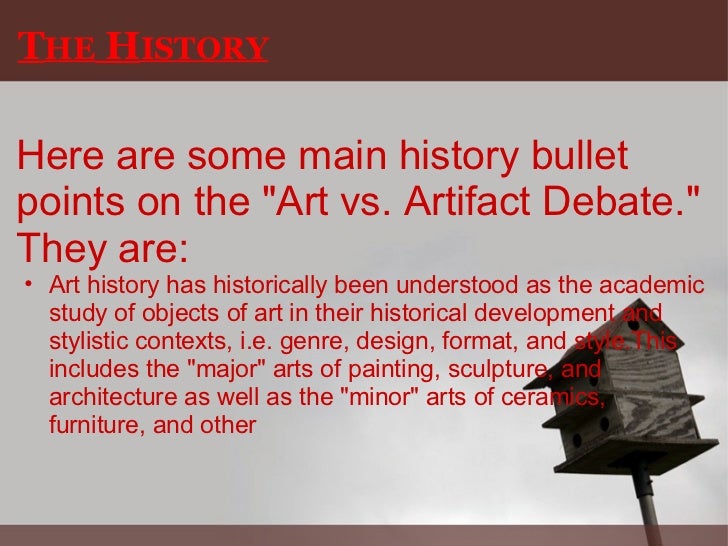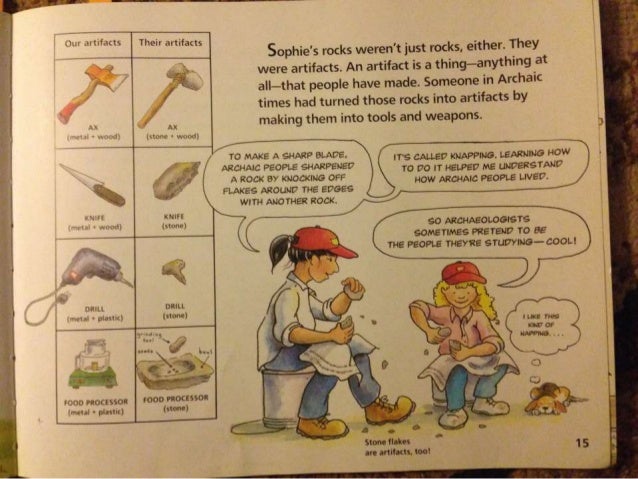

Other magic items wedged between the blades are knocked aside as the propeller turns. One can jam the propeller by fixing an immovable rod in place between two of the blades. Artifacts are immune to this corrosion.Ĭompare this to a different trap found in the module (on p. Any metal object that comes into direct contact with the shield disintegrates, showering the floor with powdered rust. 134):Ī magical field around the statue attracts metal objects of any kind (not just ferrous metal). Photographs must contain an artifact(s) and should help to express your human relationship (to your home, family, and/or community) to this object as well as take into consideration the Global Oneness Project’s mission statement: Planting seeds of resilience, empathy, and a sacred relationship to our planet.In the Tomb of Annihilation adventure, I've encountered a specific instance where the term "Artifact" is used meaningfully (on p.



How does your artifact capture a moment in time?.You will take one photograph of an artifact, which responds to one or more of the following questions: Think about an artifact or object that you love. Steven Lubar and Kathleen Kendrick, “Looking at Artifacts, Thinking about History.” Smithsonian Education. “Imagine the artifact not in a spotlight by itself, but rather against a variegated backdrop of people, places, and events.” What story emerges?ġ. The aim of this project is to challenge students to examine the value of artifacts from multiple perspectives. Preserved in museums around the world, artifacts tell the stories of humanity’s downfalls, achievements, and innovations.Īn article from the Smithsonian Institution suggests different ways to think about artifacts. Anything that provides more evidence about the cultural, economic, historical, religious, and social aspects of our society could be considered an artifact. They can be found in our homes, gardens, streets, parks, and churches, among other locations. Some examples include family photographs, medals from war, jewelry, religious items, diaries, old coins or stamps, kitchen items, clothing, or literature. Many artifacts are passed down from generation to generation, becoming a part of our family and cultural heritage.


 0 kommentar(er)
0 kommentar(er)
